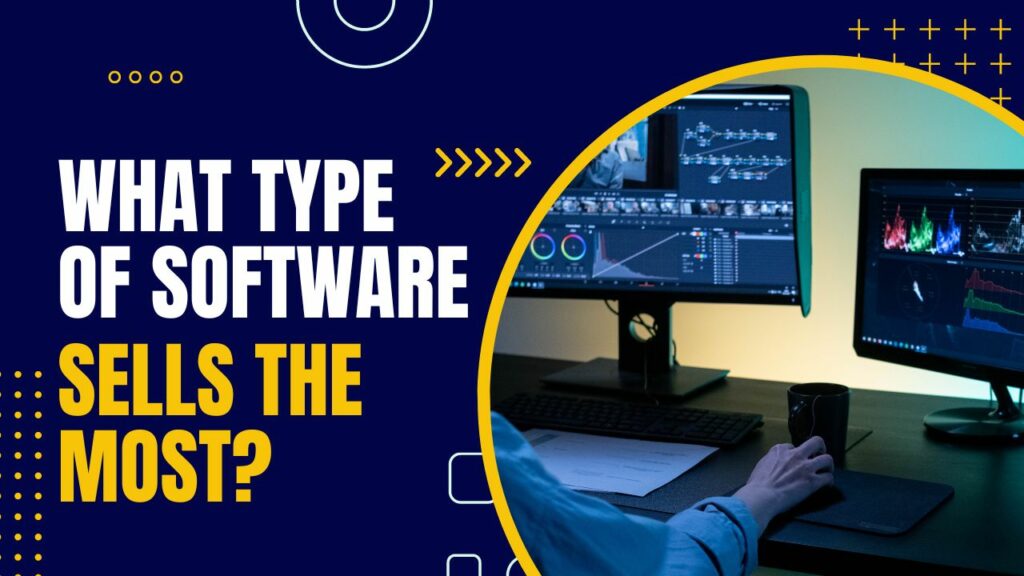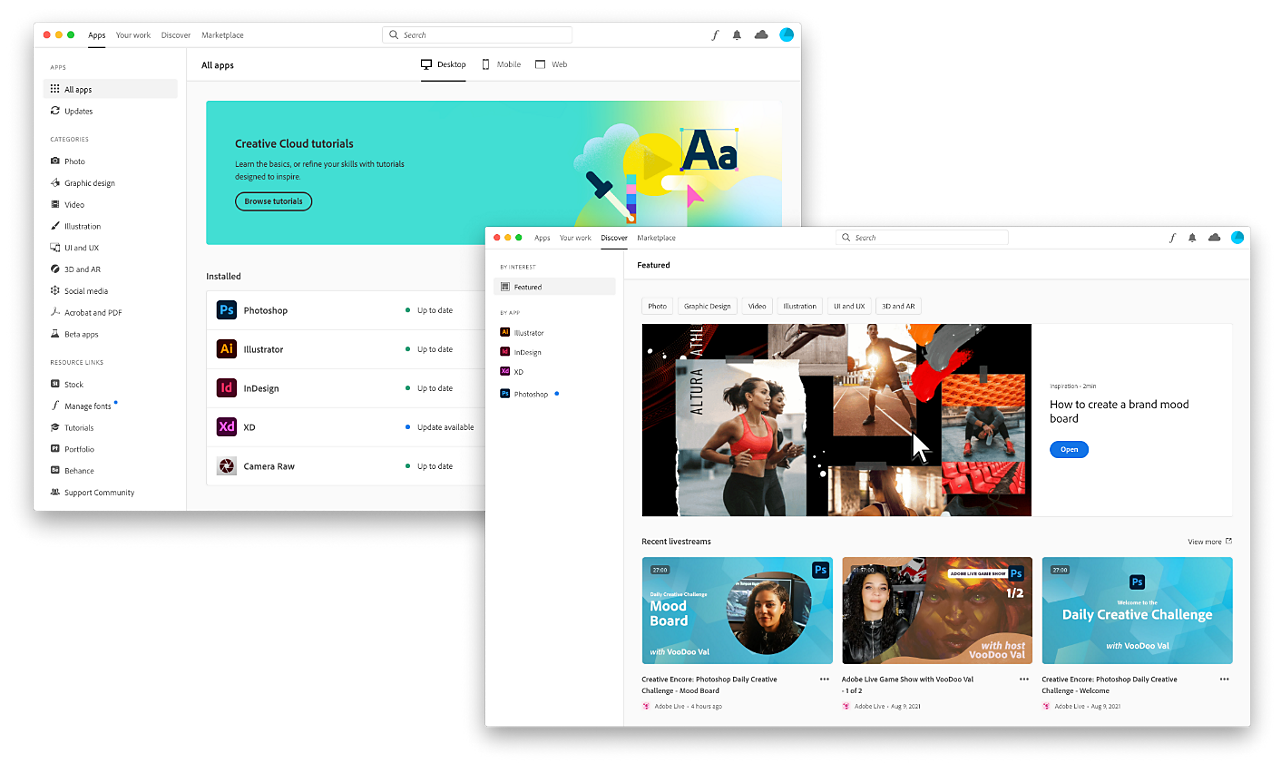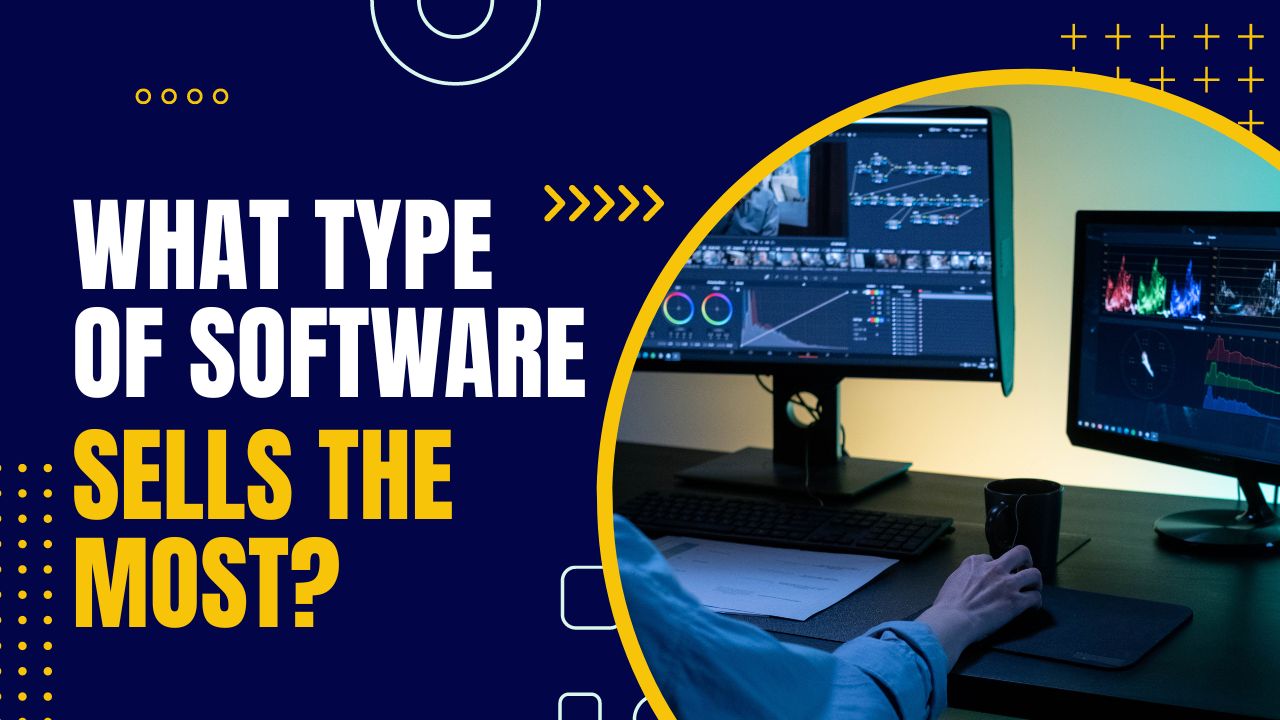 What type of software sells the most? This issue has sparked an investigation into the most popular software categories that foster creativity, efficiency, and ease in today’s quickly changing technological environment. The software market offers a wide range of products that appeal to both consumers and businesses, from operating systems that power our devices to AI-driven solutions that alter sectors. Let’s investigate the ten categories of software that regularly attract interest, demand, and sales in the technological world.
What type of software sells the most? This issue has sparked an investigation into the most popular software categories that foster creativity, efficiency, and ease in today’s quickly changing technological environment. The software market offers a wide range of products that appeal to both consumers and businesses, from operating systems that power our devices to AI-driven solutions that alter sectors. Let’s investigate the ten categories of software that regularly attract interest, demand, and sales in the technological world.
What is Software Selling?
Selling software items is straightforward; it is selling software to interested clients. There are a variety of methods to doing this. Common methods involve Internet shops, physical retailers, and even direct contact with clients and customers. Today’s market offers a wide variety of software products. They have straightforward consumer applications to sophisticated business solutions. The consumer application category of software, which includes games, productivity tools, and entertainment applications, is likely the most popular. Since the software industry has grown, there are several ways to profit from the sale of software. Software is another tool used by businesses to boost productivity and efficiency. Software products that automate processes or improve data management are frequently purchased by enterprises.
What Are the Benefits of Selling Software Online?
There are several advantages to selling software online, regardless of whether you want to sell project management solutions, artificial intelligence SaaS, or something else.
Interested customers can purchase and sell software anywhere in the world using the internet. This implies that you may connect with clients from all around the world, which is crucial for companies looking to grow. Reaching a wider audience is easier when there are many sellers of software online, and is available in a variety of languages. Imagine you create a piece of software that aids with English learning. You may market it online to those who want to learn English all around the world. This can help you earn a lot of money because the market for software sales is not restricted by geographic limits.
Software is typically cheaper to sell online than it is through more conventional means. This is due to the fact that you are not concerned with inventory, shipping, or store space. Before you can begin selling, you need a computer and an internet connection. In addition, compared to conventional payment methods like credit cards, many online payment processors offer lower transaction fees. You could further your savings by doing this. Your overhead expenses are lower when your business strategy relies on online software sales, giving you a competitive advantage.

What type of software sells the most?
1. Operating Systems
One of the most common and in-demand types of software on the technology market is operating software. These are sometimes known as operating systems (OS). Operating systems serve as the core software that enables communication between hardware elements and user applications on computers, smartphones, servers, and other devices. Microsoft’s Windows, Apple’s macOS, and numerous Linux variants are a few of the more known examples. Users can access a variety of features, launch apps, manage files, and interact with their devices via the interface provided by these OS platforms.
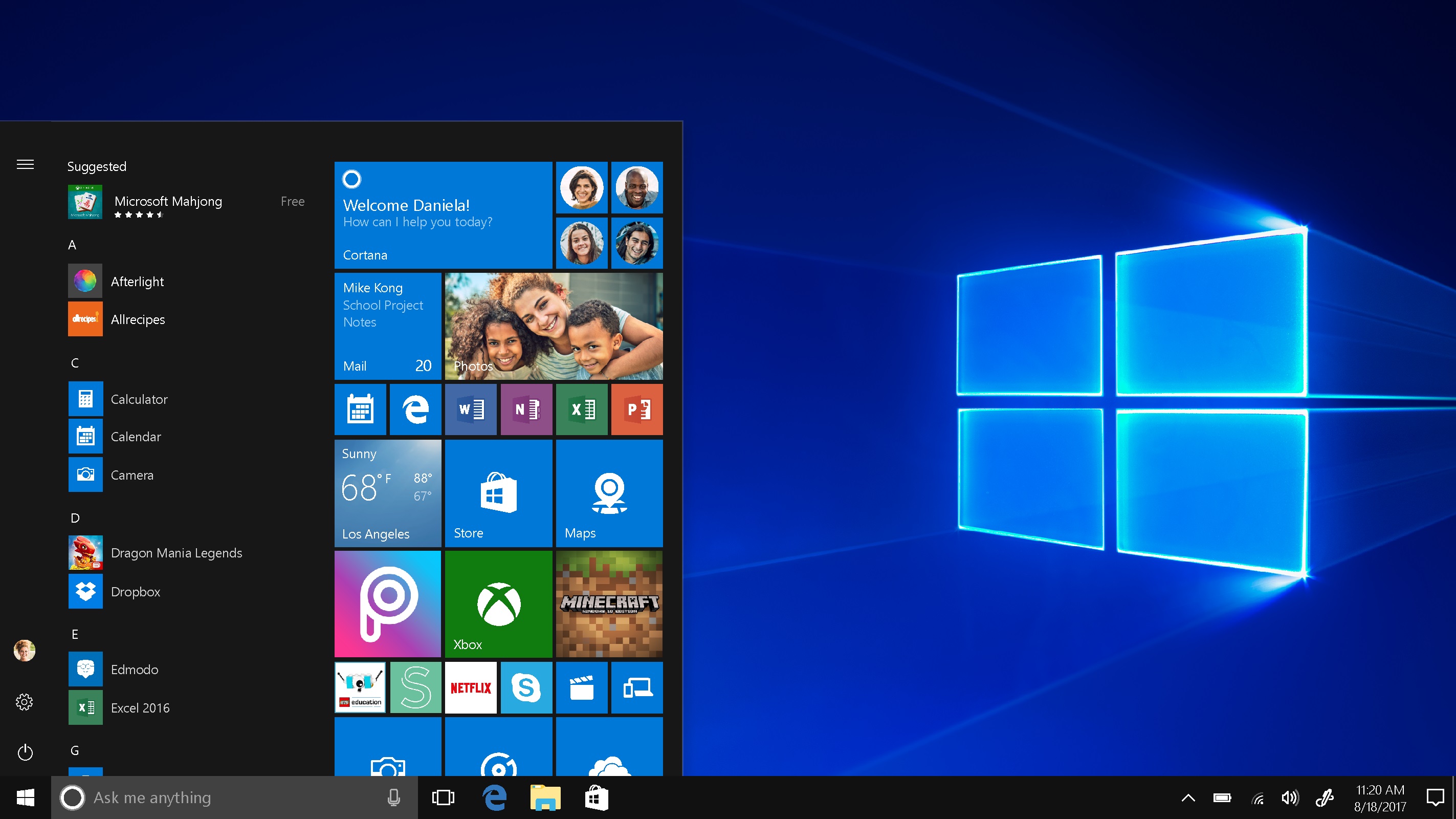
Operating software’s widespread use is due to its essential purpose in allowing device functionality and user experience. The demand for operating systems that offer improved security, intuitive user interfaces, and compatibility with a widening range of hardware devices has increased as technology continues to grow. Further fueling the demand for strong and dependable operating systems to support the flawless operation of servers, networks, and data centers is the growing reliance on digital infrastructure across industries. The demand for mobile operating systems like Android and iOS has increased as well. This is thanks to the expansion of mobile devices. All of these events underline the importance of operating software in influencing the digital world.
2. Productivity Software
Another burgeoning sector of the software market is productivity software. Productivity software has a reputation its ability to optimize task management and streamline workflows. The apps in this area include a wide range of functions. They often include project management, text processing, spreadsheet analysis, and presentation production. The Microsoft Office Suite, which includes programs like Word, Excel, PowerPoint, and Outlook, continues to rule this market. Due to these tools’ critical roles in document creation, data analysis, visual communication, and email management, organizations, educators, and individuals all embrace them.
Specialized productivity software continues to gain popularity outside of conventional office suites. Teams have the ability to plan work, distribute resources, and keep track of progress. Popular examples of project management platforms are Asana, Trello, and Monday.com. Communication platforms like Slack and Microsoft Teams enhance team collaboration despite distance restrictions. This is thanks to their real-time chat, file sharing, and video conferencing features. The seamless document sharing and collaboration made possible by cloud-based productivity tools like Google Workspace and Dropbox eliminates version control difficulties and guarantees data accessibility across devices. Many expect the demand for productivity software to stay strong as remote work and digital collaboration grow more common. This further highlights its role in promoting efficiency and effectiveness across all spheres of work and life.

3. Creative Software
Software for the arts and design-related demands of professionals and fans alike has grown as a vibrant and intriguing subset of the software market. Graphic design, video editing, 3D modeling, animation, and music creation are just a few of the creative pursuits this genre caters to. With its integrated suite of programs including Photoshop, Illustrator, Premiere Pro, and After Effects, Adobe Creative Cloud stands out as a significant participant in this market. They have evolved into industry standards for graphic design, picture editing, video production, and motion graphics. Whether creating appealing images or compelling multimedia content, these technologies give users a wide range of tools to realize their creative dreams.
Beyond Adobe’s suite, the market for creative software is full of solutions that fill particular voids. For example, Autodesk caters to sectors including architecture, engineering, and entertainment. They provide a wide range of tools for 3D modeling, animation, and digital prototyping. Ableton Live and Logic Pro X, two examples of music production software, enable musicians and producers to create, record, and mix music. They also include a wide variety of virtual instruments and effects. With platforms like Canva offering accessible graphic design tools for users with varied degrees of competence, the rise of internet platforms has further democratized creative expression.
4. Security Software
There is a need to protect sensitive data, systems, and networks from a variety of cyber attacks. Many institutions are now looking into security software, as a response. Security software has established itself as a pillar of the contemporary digital landscape. This category of software includes a number of products made to guard against malware, viruses, illegal access, data breaches, and other cyberattacks. Antivirus software is highly sought after for its capacity to identify and eliminate viruses, malware, and other harmful code. They are an essential unit of security software that protects users from threats to the security of computer systems. Popular security software suppliers like McAfee, Norton, and Bitdefender offer comprehensive suites that include firewall capabilities, real-time threat monitoring, and safe surfing tools in addition to antivirus protection.
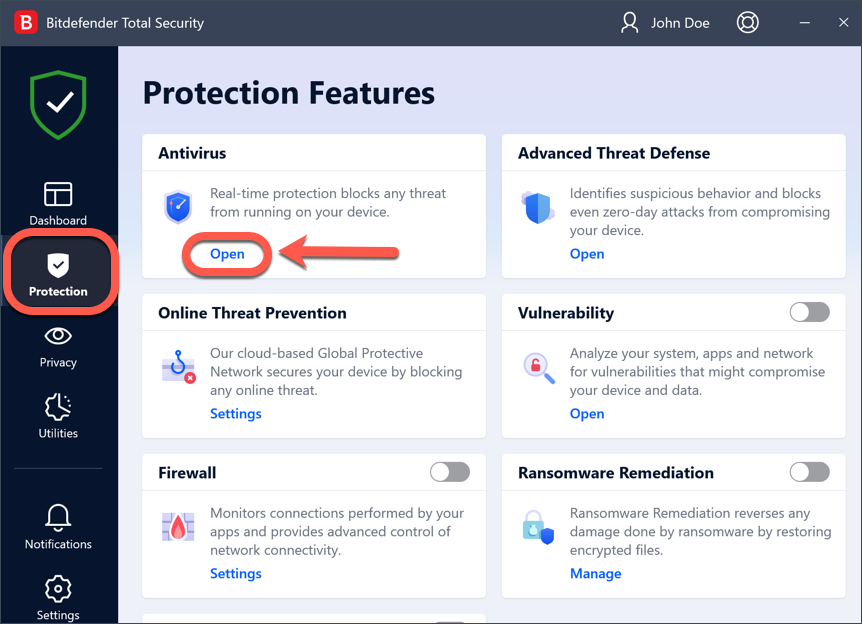
The need for reliable cybersecurity solutions has increased as digitization enters every aspect of business and personal life. In addition to antivirus software, businesses, and individuals need high-tech security measures to protect themselves from sophisticated online attacks. Today, endpoint security solutions offer protection to any network-connected devices. This includes as laptops, smartphones, and Internet of Things (IoT) devices. Networks have protection from outside threats and illegal intrusions by network security software. This category includes services such as firewalls and intrusion detection systems. Additionally, as cloud computing becomes more popular, cloud security software guarantees the security of data handled and stored in cloud environments.
5. Gaming Software
There is now a change in the market of games. It is more accessible thanks to digital distribution platforms like Steam, and Epic Games Store. There are even console marketplaces that have helped the industry grow. Additionally, the popularity of mobile gaming has expanded the market for gaming software by enabling more people to play games on smartphones and tablets. The advent of E-sports in recent years has given the gaming industry a new perspective. Competitive gaming is now elevated to new heights, boosting sales of gaming software. This is especially true for games with significant multiplayer and competitive components. The popularity and sales of gaming software are continuing to soar as gaming permeates more and more aspects of culture around the world, further strengthening its position as the market leader in software.
/cdn.vox-cdn.com/uploads/chorus_image/image/71854681/Steam_Deck_Epic_Games_cover.0.jpeg)
6. E-commerce and Business Solutions
The modern commercial landscape is being transformed by e-commerce and business solutions software. This kind of software promotes efficiency, scalability, and innovation across industries. Businesses may create and operate online stores with the help of e-commerce platforms like Shopify, WooCommerce, and Magento. Using them makes it easier to list products, process orders, accept payments, and connect with customers. These platforms have become incredibly popular as companies of all sizes try to take advantage of the worldwide market reach that Internet commerce offers. E-commerce solutions that integrate analytics, customer relationship management (CRM), and inventory management technologies improve business operations. Furthermore, they allow for data-driven decision-making while also providing individualized customer experiences.
Business solutions software includes a wide range of technologies made to streamline various elements of operations. ERP programs like SAP, Oracle, and Microsoft Dynamics centralize data management. They even include modules for finance, human resources, supply chain management, and other areas. Salesforce and Zendesk are two examples of customer service and support software. They maximize customer involvement through ticketing systems, knowledge bases, and communication channels. Collaboration solutions that provide file sharing, task management, and in-the-moment communication include Microsoft Teams, Slack, and Monday.com.
7. Mobile Apps
Mobile app development is now at the forefront of the software industry. This is thanks to the rise of mobile devices, which has opened up a world of opportunities for both consumers and companies. Mobile applications are available in a wide range of categories. There is social networking, entertainment, productivity, and health, among many others. Users can find and download programs that suit their interests and needs on international platforms like Apple’s App Store and Google Play Store. Massive user bases use social media applications like Facebook, Instagram, and TikTok, which allow users to connect, share content, and interact with a worldwide community.
8. Cloud Services
Cloud services offer agility, scalability, and accessibility to a range of industries. They are suitable for all industries, from startups to large corporations. Without the limitations of conventional hardware procurement, businesses may quickly deploy applications and services. Additionally, cloud services include data backup and disaster recovery features. They ensure data integrity and company continuity. People profit from cloud storage solutions like Dropbox, Google Drive, and iCloud because they can easily save and access content across several devices. Cloud service providers are investing in security measures and cutting-edge technology like artificial intelligence and edge computing. Services feature these to be on the cutting edge of this quickly changing environment as the world becomes more networked and data-dependent.
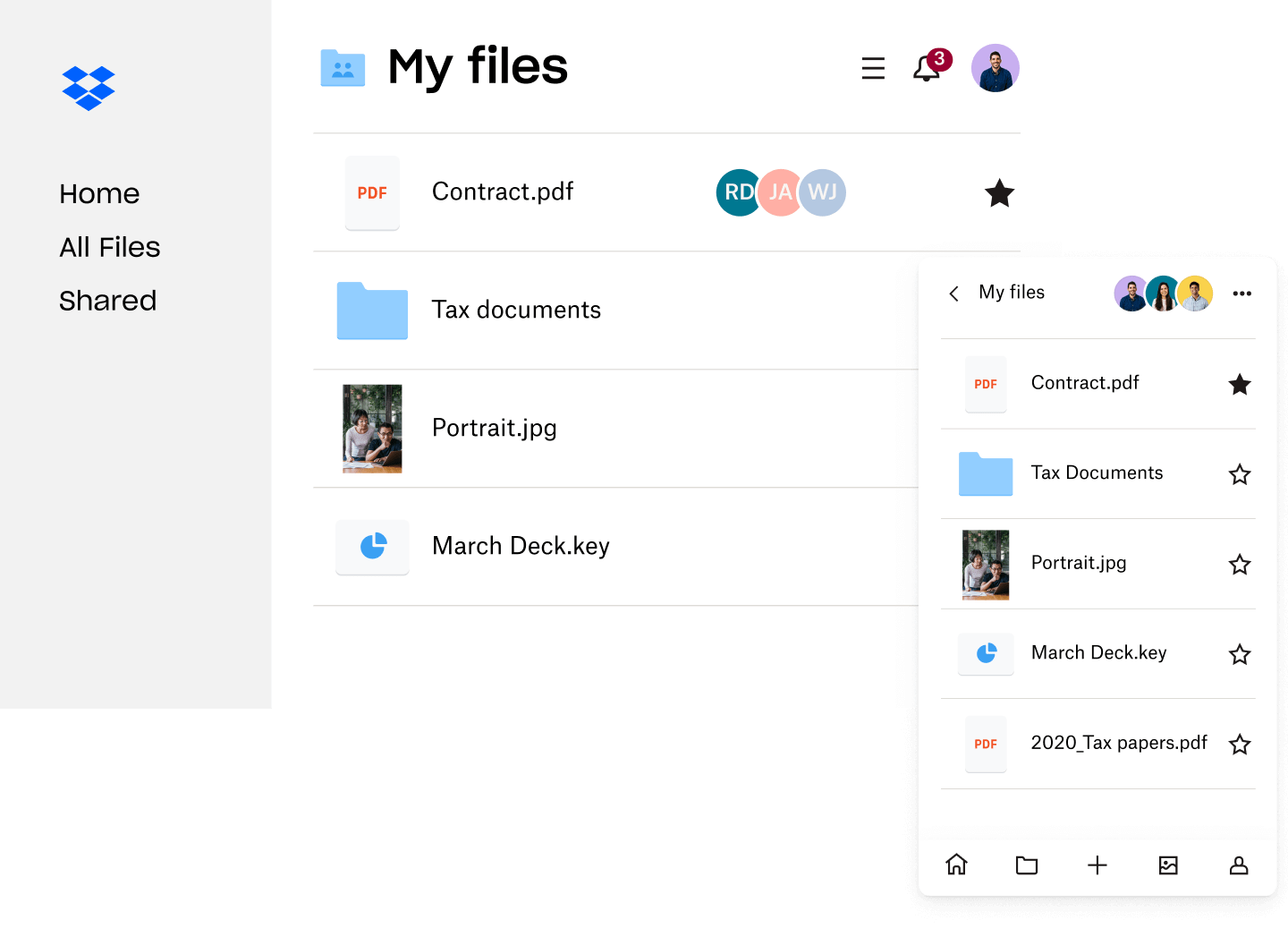
9. Utilities and System Tools
In the digital ecosystem, utilities and system tools software play a crucial but frequently underappreciated role. They have crucial functionalities that preserve the health, performance, and security of computer devices. This software category includes a large number of programs. They improve user experience, protect data integrity, and optimize system resources. Security and antivirus software stand out as essential elements that protect computers from viruses, malware, and other online dangers. Popular brands like Norton, McAfee, and Avast provide thorough security suites that protect sensitive data and personal information by incorporating real-time scanning, firewall defense, and identity theft prevention.
10. AI and Machine Learning Software
System optimization utilities are essential for improving device performance. Tools for disk cleanup and defragmentation simplify storage by deleting pointless files and arranging data for quick access. System monitoring tools give information on resource utilization, temperature, and hardware health. Software uninstallers also make it easier to get rid of unneeded programs, which frees up important disk space. Utilities and system tools adapt to new issues as technology advances and provide solutions for preserving optimal device operation.
Natural language processing (NLP) techniques allow machines to understand and produce human language. They are the key to chatbots, virtual assistants, and sentiment analysis systems, which are prominent examples. Computer vision applications also use AI to interpret and comprehend visual data. They often enable features like object detection, facial recognition, and autonomous driving. AI software is being used in sectors like healthcare to diagnose diseases, find new drugs, and create individualized treatment regimens. Businesses of all sizes may now incorporate intelligent automation and data-driven insights into their operations because of the accessibility of cloud-based AI platforms from companies like Amazon, Google, and Microsoft. This has democratized access to AI and machine learning capabilities. Experts expect the demand for AI and machine learning software only to increase as AI technologies develop, providing creative solutions that transform sectors and
Does good software sell itself?
The saying “good software sells itself” implies that top-notch software automatically attracts attention and generates sales without any work. However, the truth is a little more complicated. Good software has a better chance of attracting users and making revenue, but in order to reach its full potential, it often needs clever marketing, efficient distribution, customer support, and user engagement. High-quality software often receives positive feedback, recommendations, and word-of-mouth recommendations. This is because they satisfy user demands, are simple to use, and offer value. These elements help establish a solid reputation and a devoted user base. Depending simply on the software’s inherent quality without aggressively promoting it could lead to missed opportunities.
How much should I sell my software for?
Considerations for setting the appropriate pricing for your software include its value proposition, market demand, target market, competitive analysis, and your business objectives. Keep in mind that pricing is a continuous process that calls for adaptability and flexibility. For long-term success, it is essential to regularly evaluate and modify your pricing strategy based on empirical data and customer input.
How do I learn the art of selling software?
Learning the craft of software sales requires a multidimensional approach that includes expertise in the subject matter, skillful interpersonal relations, and an understanding of the market. Start by becoming intimately familiar with the features and advantages of your product and learning how it meets the needs of its users. Learn how to master sales strategies by studying foundational concepts, investigating diverse approaches, and engaging in active listening exercises. Create a credible online presence by creating an expert website with interesting content. In order to demonstrate the usefulness of your program in person, provide free samples and demonstrations. Focus on the results and advantages your program offers, and adjust your strategy to meet the needs of each potential client. You may successfully navigate the challenging world of software sales by continually honing your abilities, making adjustments based on client feedback, and developing reliable connections.
Our Take: What type of software sells the most?
In conclusion, the software industry is dynamic and diverse. The need for these essential software categories is still strong, making all of them profitable for different sectors and reasons. While security software protects our digital assets in a connected world, creative software enables designers and artists to create appealing graphics. Business and e-commerce solutions streamline processes and consumer interactions, while mobile apps transform how we use technology. Data management and accessibility are easy with cloud services, and AI empowers industries with machine learning technologies. The software market serves as a showcase for the constant innovation and flexibility that underpin our contemporary technological world as these categories continue to develop and converge.

